How to Travel to China: China Tour Packages
How to choose a suitable China travel package and what you need to pay attention to. This article will guide you on everything about China travel packages.
Choosing the right China tour package is essential to experience the rich tapestry of Chinese culture, history, and natural beauty. From the awe-inspiring Great Wall to the serene landscapes of Guilin, China offers an array of destinations that cater to all kinds of travelers.
It’s important to consider various factors like budget, duration, personal interests, and travel conditions to ensure a travel package that aligns with your expectations. Remember, a well-planned trip not only enhances your travel experience but also contributes to responsible and sustainable tourism practices.
We encourage you to embrace the diversity of attractions that China offers. Whether you’re an avid history enthusiast, a nature lover, or a culinary explorer, this country has something unique to offer. With the right preparation and an open mind, your journey through China will be nothing short of extraordinary.
Other topics you may also be interested in:
1. Popular Tourist Attractions in China
The Great Wall of China, Beijing
The Great Wall, a marvel of ancient engineering, stretches over 13,000 miles. It’s not just a wall but a collection of fortifications made of stone, brick, tamped earth, and other materials. Originally built to protect Chinese states from invasions, it has now become a symbol of resilience and a must-visit site. The sections near Beijing, like Mutianyu and Badaling, are the most famous and accessible for tourists.
In the city of Xi’an lies one of the most significant archaeological finds of the 20th century – the Terracotta Army. This collection of over 8,000 soldiers, 130 chariots, and 670 horses, all life-sized, was buried with the first Emperor of China, Qin Shi Huang, to protect him in the afterlife. The detailing and uniqueness of each figure reflect the extraordinary craftsmanship of ancient Chinese artisans.
The Forbidden City, a palatial complex in the heart of Beijing, was the imperial palace for almost 500 years. It’s the world’s largest palace complex, boasting almost 1,000 buildings and 9,000 rooms. As a UNESCO World Heritage Site, it serves as a magnificent testament to China’s architectural and cultural legacy.
The Bund, located along the Huangpu River in Shanghai, showcases a contrast between the old and new China. This waterfront area is famous for its historical buildings that line the west bank, reflecting various architectural styles, while the east bank boasts an array of modern skyscrapers. The area is a melting pot of history and modernity.
Natural Landscapes: Zhangjiajie National Forest Park
For nature enthusiasts, Zhangjiajie National Forest Park is a surreal escape into the natural world. Known for its towering sandstone pillars, some of which inspired the landscapes in the movie “Avatar,” this park offers breathtaking views, serene walks, and a chance to reconnect with nature.
Each of these destinations offers a glimpse into the diverse facets of China – from its ancient history and cultural depth to its natural wonders and modern advancements. They form the cornerstone of many China travel packages, offering experiences that are both enriching and unforgettable.
2. Highlights of China’s Tourist Destinations
Cultural Heritage and Modern Marvels
China, a civilization that dates back thousands of years, offers a unique blend of ancient and modern attractions. Visitors can explore the juxtaposition of old and new in cities like Beijing, where the historic charm of the Hutongs coexists with the city’s futuristic skyline. Similarly, in Shanghai, the classical Yu Garden stands in stark contrast to the bustling Nanjing Road.
Unique Experiences in Different Regions
China’s vast territory encompasses a variety of climates and cultures, offering distinct experiences in each region. In the south, cities like Guilin showcase picturesque landscapes with limestone karsts and serene rivers. Conversely, the northern region, especially Harbin, is renowned for its ice festival, showcasing magnificent ice sculptures. Yunnan province offers a glimpse into the diverse ethnic cultures, while Sichuan is famous for its spicy cuisine and adorable pandas.
Combining Historical Sites with Natural Wonders
Travel packages often combine visits to historical sites with natural attractions. For instance, a trip to Xi’an to see the Terracotta Army can be paired with a journey to the nearby Mount Huashan, known for its breathtaking cliffs and ancient Taoist temples. Similarly, a visit to the Great Wall can be complemented with a trip to the serene Miyun Reservoir or the lush Mutianyu area.
Impact on Travel Package Choice
These highlights significantly influence the choice of travel packages. Tourists looking for cultural immersion might prefer packages focusing on historical cities like Beijing and Xi’an. Adventure seekers may opt for packages that include hiking in Zhangjiajie or river cruises along the Yangtze. Food enthusiasts might choose a culinary-focused tour in regions known for their unique cuisines, such as Sichuan or Guangzhou.
The diversity of China’s tourist destinations means that there is something for every traveler. Whether it’s the awe-inspiring historical monuments, the stunning natural scenery, or the vibrant urban life, China’s tourist destinations are uniquely positioned to offer an all-encompassing experience.
3. What’s Included in Travel Packages
Travel packages to China can vary widely in their offerings, catering to different preferences and budgets. Understanding what’s typically included can help tourists make informed decisions. Here’s a breakdown of common inclusions in China travel packages:
Accommodation
- Types: Packages usually offer a range of accommodation options, from budget hostels to luxury hotels.
- Location: Choosing accommodations close to major attractions can save time and transportation costs.
- Amenities: Wi-Fi, breakfast, and other amenities might be included.
Transportation
- Domestic Flights/High-Speed Trains: For covering long distances within China, many packages include flights or train tickets.
- Local Transport: Shuttle services, bus tours, and sometimes even bicycle rentals for short distances within cities.
- Airport Transfers: Some packages provide airport pickup and drop-off services for convenience.
- Professional Guides: Knowledgeable guides can enhance the experience by offering historical insights and navigating language barriers.
- Customized Itineraries: Some packages allow tourists to choose which attractions they want to explore in depth.
- Dining Experience: Packages often include some meals, giving tourists a taste of local cuisine.
- Flexibility: Some packages offer meal vouchers or leave meal choices open, providing flexibility.
Optional Add-Ons
- Special Experiences: Cultural shows, river cruises, or cooking classes might be offered as optional extras.
- Upgrades: Opportunities to upgrade accommodations or transportation for an additional fee.
Comparison of Different Package Tiers
- Budget Packages: Focus on essential experiences with basic accommodations and fewer inclusions.
- Luxury Packages: Offer premium accommodations, exclusive experiences, and personalized services.
Understanding what’s included in China travel packages is essential to align expectations with the actual tour experience. It also helps in budgeting and ensures that tourists get the best value for their money.
4. How to Choose the Right Travel Package
Choosing the right travel package for your trip to China is crucial to ensure that your experience is enjoyable, comfortable, and aligned with your interests. Here are some key factors to consider when selecting a travel package:
Budget Considerations
- Cost Analysis: Understand what the package cost includes and excludes. Consider additional expenses like meals not covered, shopping, and optional tours.
- Value for Money: Assess whether the package offers good value for the price, considering the quality of accommodations, transportation, and experiences.
Duration and Timing
- Length of Stay: Select a package that aligns with how much time you can spend on your trip. Packages can range from quick week-long getaways to extensive month-long tours.
- Best Time to Visit: Consider the season and climate of the regions you wish to visit. For instance, spring and autumn usually offer pleasant weather for most parts of China.
Personal Interests
- Cultural vs. Natural Attractions: Some may prefer exploring historical sites and cities, while others might enjoy natural landscapes. Choose a package that caters to your interests.
- Special Interests: Look for packages that cater to specific interests like culinary tours, hiking adventures, or cultural immersion experiences.
Customized vs. Standard Packages
- Flexibility: Customized packages offer more flexibility but may be more expensive. Standard packages are generally more affordable but less flexible.
- Group Size: Consider whether you prefer a private tour or are comfortable in a group setting. Smaller groups offer a more personal experience.
Seasonal Considerations
- Peak vs. Off-Peak: Traveling during off-peak seasons can be cheaper and less crowded, but some attractions might be less accessible.
- Festivals and Events: Plan around major festivals or events if you’re interested in experiencing China’s cultural festivities.
Finding the Best Deals
- Early Booking: Some tour operators offer discounts for early bookings.
- Comparing Options: Look at various travel agencies and online platforms to compare packages and find the best deal.
When choosing a travel package to China, it’s important to balance your preferences with practical considerations like budget and duration. A well-chosen package not only fits your interests and needs but also enhances your overall travel experience.
5. Guides or Tips for Traveling in China
Traveling in China can be a fascinating and rewarding experience. However, it’s essential to be prepared and informed to make the most out of your trip. Here are some valuable tips and guidelines for travelers heading to China:
Navigating Language Barriers
- Basic Mandarin Phrases: Learning a few key phrases in Mandarin can be extremely helpful. Phrases for greetings, directions, and dining are particularly useful.
- Translation Apps: Apps like Google Translate can be handy for real-time translation and understanding signs and menus. Everyone in China uses WeChat, which provides a convenient chat translation function
Cultural Etiquette and Tips
- Respecting Local Customs: Be aware of cultural norms, such as removing shoes before entering someone’s home and not sticking chopsticks upright in a bowl.
- Tipping Culture: Tipping is not customary in China, and in some places, it might even be considered rude.
Safety and Health Considerations
- Travel Insurance: It’s advisable to have comprehensive travel insurance that covers health, accidents, and theft.
- Health Precautions: Carry basic medications and be aware of any vaccinations recommended for traveling to certain regions of China.
Useful Apps and Resources
- Navigation Apps: Apps like Baidu Maps can be more reliable than Western counterparts in China.
- Payment Apps: Mobile payment apps like Alipay and WeChat Pay are widely used in China, even for small transactions.
- VPN Services: Some Western websites and services are blocked in China, so using a VPN service can be helpful for accessing familiar online services.
Accommodation and Transportation
- Hotel Bookings: Ensure that the hotels or hostels you choose are licensed to accommodate foreign tourists.
- Public Transport: China’s public transportation system is extensive and efficient, especially in big cities. Familiarize yourself with the subway systems and bus routes.
Shopping and Dining
- Bargaining: In many markets, bargaining is expected, so don’t be afraid to negotiate prices.
- Cuisine: Be adventurous with food but also be mindful of dietary restrictions or allergies. Street food can be a great way to experience local flavors.
By keeping these tips in mind, travelers can navigate their way through China more smoothly and enjoy a more immersive and hassle-free experience.
6. Things to Note
Visa Requirements and Travel Insurance
Traveling to China requires some preparation, especially when it comes to documentation and safety. Most tourists will need to obtain a visa before entering China. The type of visa and the application process can vary depending on your country of origin, so it’s advisable to check the latest requirements with the nearest Chinese embassy or consulate.
In addition, securing travel insurance is a wise decision. Opt for a policy that covers medical expenses, trip cancellations, luggage loss, and other potential travel mishaps. This step is crucial for peace of mind and dealing with unexpected situations while abroad.
Currency and Payment Methods in China
Understanding the currency and payment systems in China is essential for a hassle-free travel experience. The official currency is the Chinese Yuan (CNY or RMB). While international credit cards are accepted in many hotels and large stores, they are not as widely accepted in smaller shops or local markets. Carrying some cash is recommended, especially when traveling to more rural areas.
Mobile payments, like Alipay and WeChat Pay, dominate the Chinese market. For tourists, setting up these services can be tricky, but they’re incredibly convenient if you manage to do so. Currency exchange services are available at airports, hotels, and banks.
Sustainable and Responsible Tourism
As global awareness of environmental issues grows, sustainable and responsible tourism becomes increasingly important. Tourists should be mindful of their environmental impact and aim to reduce their carbon footprint. Simple actions like using public transportation, avoiding single-use plastics, and respecting wildlife and natural habitats contribute significantly to sustainable tourism.
Additionally, responsible tourism involves respecting local cultures and traditions. Be mindful of local customs and etiquettes, support local businesses, and engage with the community in a respectful and ethical manner.
As you embark on this exciting adventure, remember to embrace each moment, respect the local culture, and create unforgettable memories. Start planning your journey to China today and get ready to explore a world of wonder!


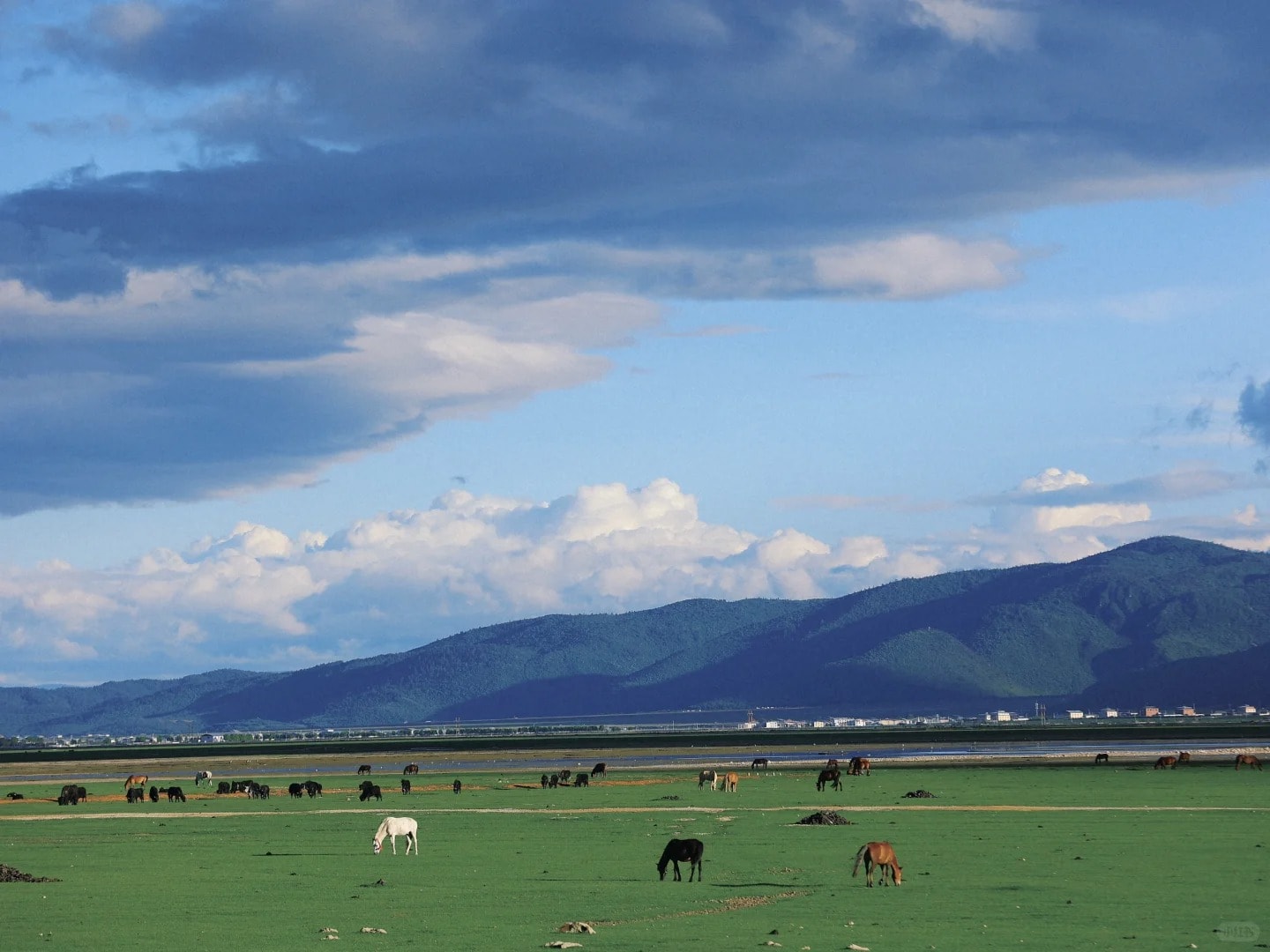


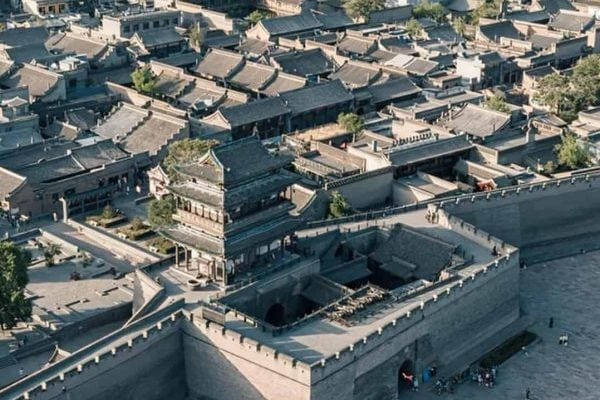
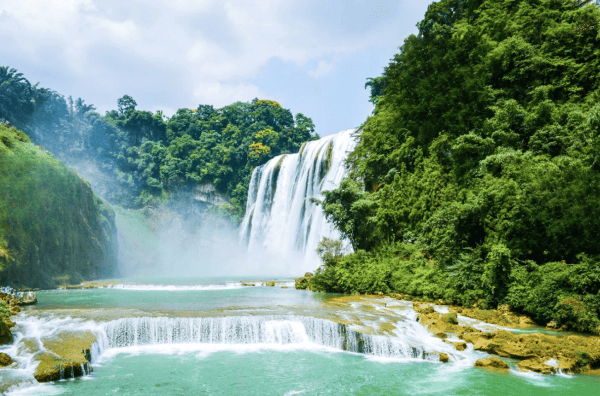



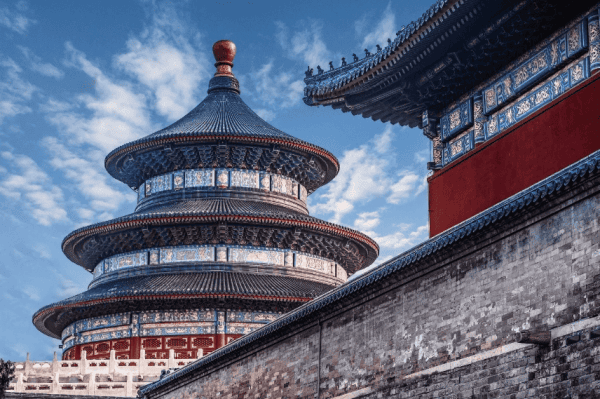


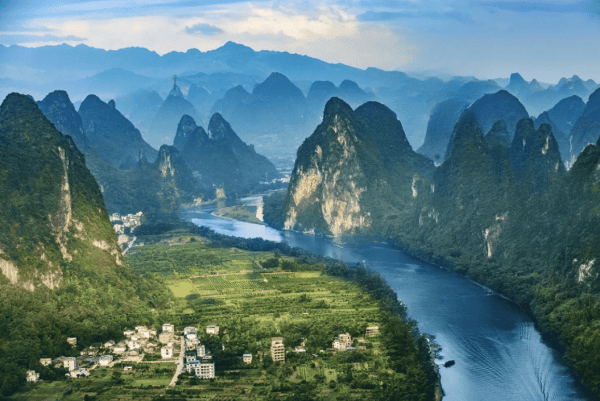



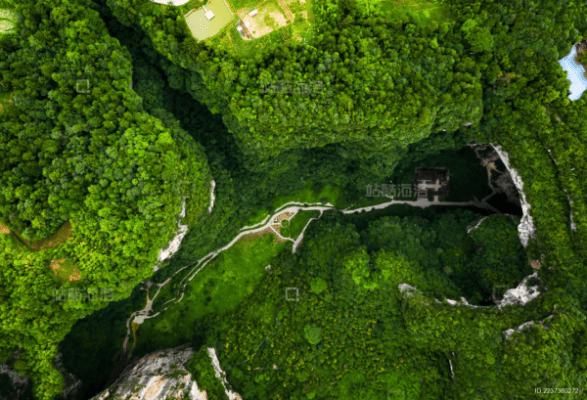




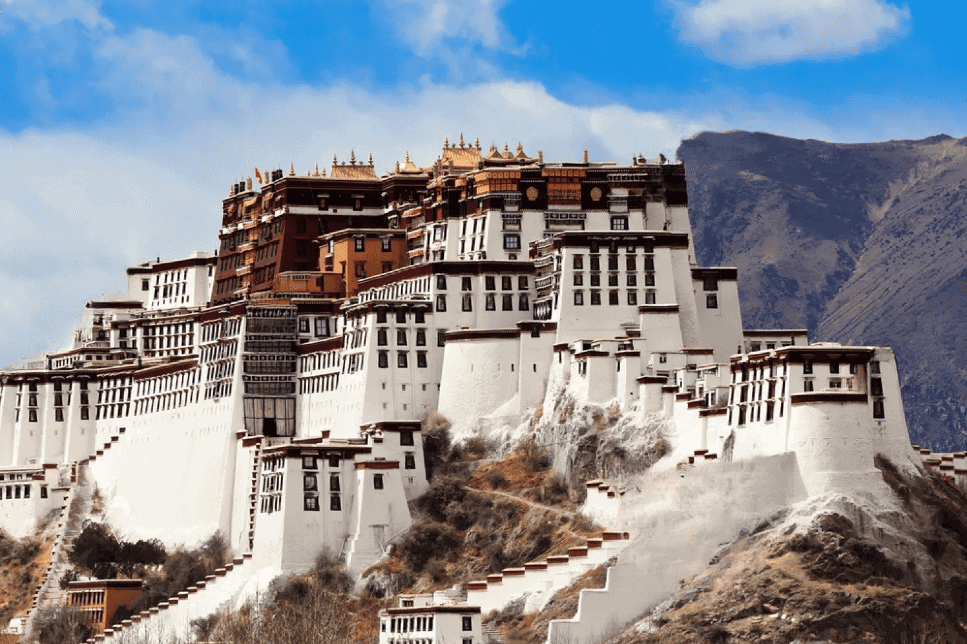


Comment (0)